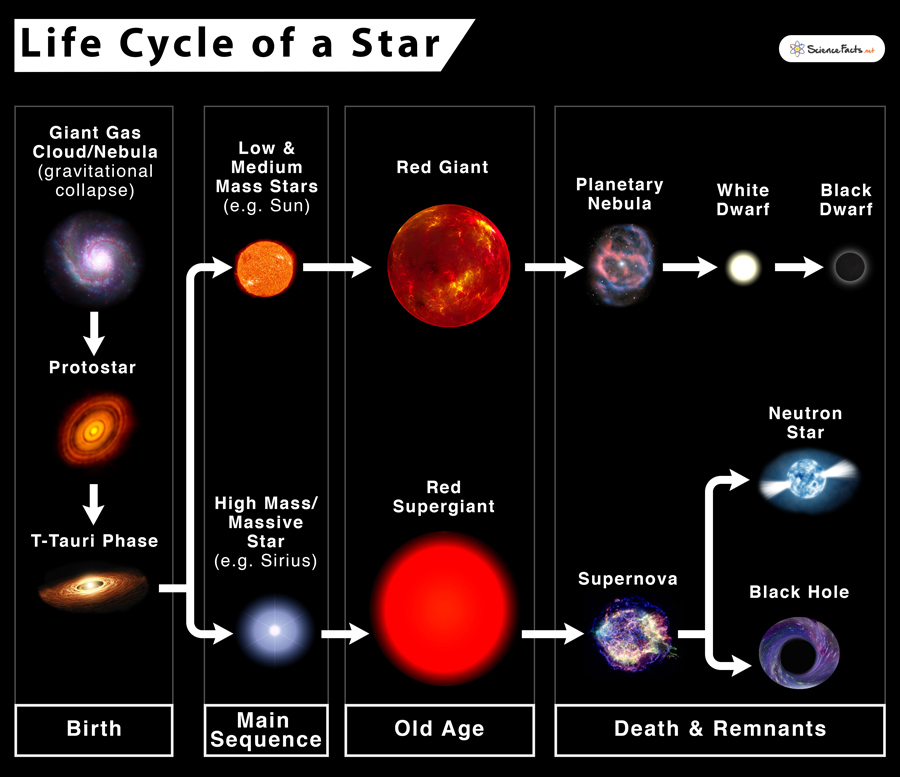Baker College
Research Guides
- Library Resources
- Research Guides
- General Education
- PHY 3210: Principles of Astronomy
- Types of Astrological Objects
PHY 3210: Principles of Astronomy
Galaxies
The Sun & Stars

Planets & Exoplanets
An exoplanet or extrasolar planet is a planet outside the Solar System.
